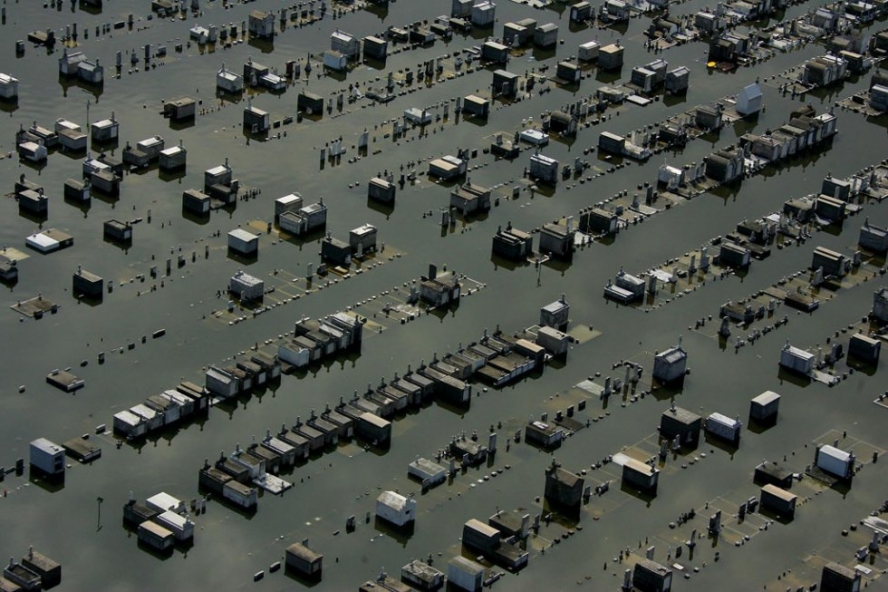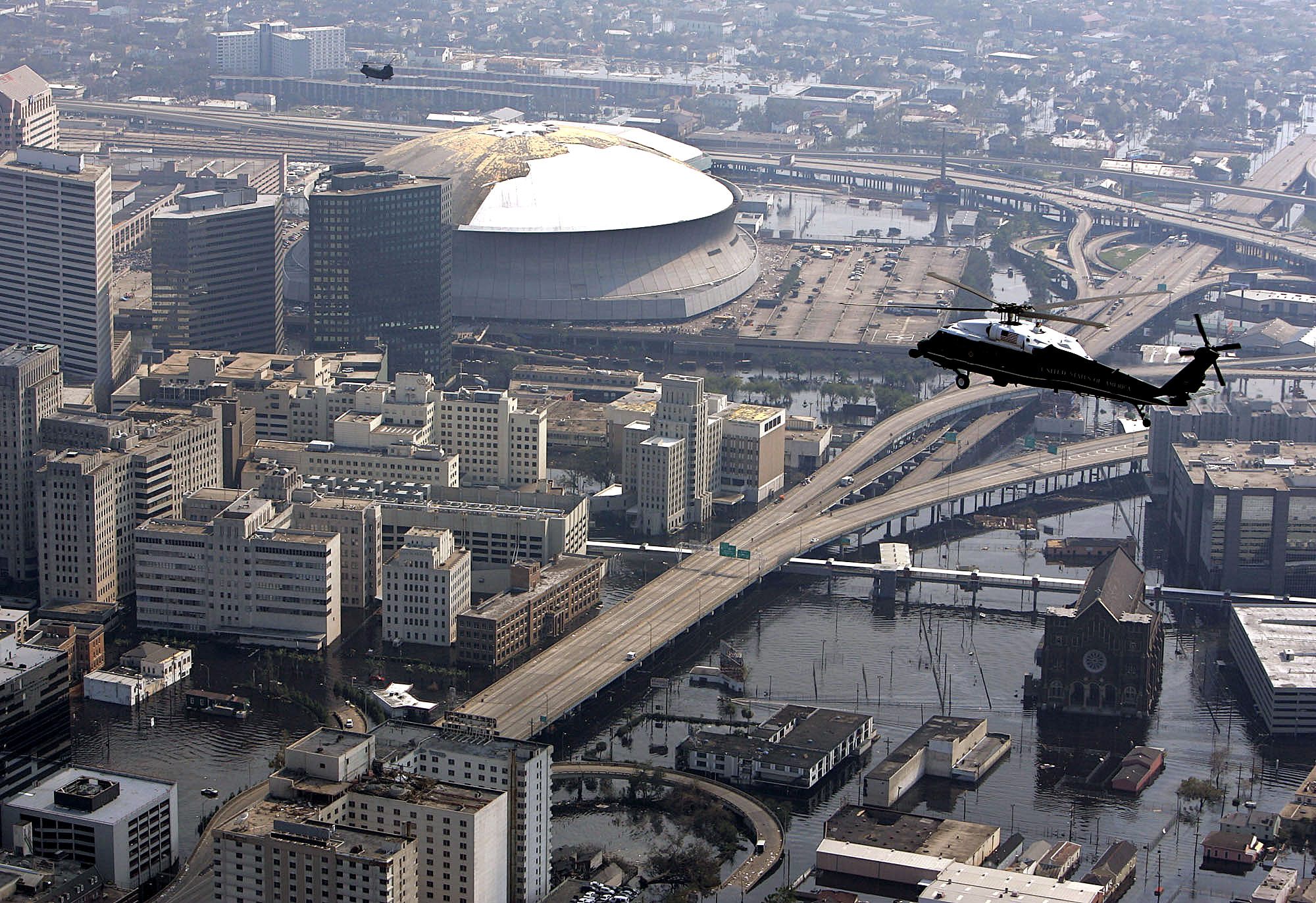
Louisiana Considered is made possible with support from our listeners. And while you’re at it, fill out our listener survey! We want to keep bringing you the kinds of conversations you’d like to listen to. Louisiana Considered wants to hear from you! Please fill out our pitch line to let us know what kinds of story ideas you have for our show. It’s available on Spotify, Google Play, and wherever you get your podcasts.

You can listen to Louisiana Considered Monday through Friday at 12 and 7:30 p.m. It also changed the many photographers who covered Hurricane Katrina’s aftermath.

Our managing producer is Alana Schreiber and our assistant producer is Aubry Procell. 14 photographers look back at the impact Hurricane Katrina had on New Orleans. Today’s episode of Louisiana Considered was hosted by Diane Mack. Hurricane Katrina Memorial and Charity Hospital Cemetery.jpg 4,032 × 3,024 5.27 MB. The cost of – and the demand for – diapers shot up during the COVID-19 pandemic, exacerbating the “diaper divide.” For the Gulf States Newsroom, Maya Miller reports on a medical supply company’s efforts to tackle this problem by pushing to eliminate the sales tax on diapers. Hurricane Katrina Medical Evacuees.jpg 1,594 × 2,400 1.03 MB. In December, Louisiana Considered managing producer Alana Schreiber spoke with Joseph Dawson, a retired history professor from Texas A & M University and editor of the book, “The Louisiana Governors: From Iberville to Edwards.” Today, we give their conversation about Pinchback’s life and legacy a second listen. Pinchback, who became the first Black governor of Louisiana – and in the country – over 150 years ago. The Louisiana governor’s race is heating up, so we thought now would be a good time to revisit a story on P.B.S. Anna Pou, along with other doctors and nurses. 1 In the aftermath of the storm, while the building had no electricity and went through catastrophic flooding after the levees failed, Dr. He joins us for more on the book, and what he learned in his decade of research leading up to its release. Memorial Medical Center was heavily damaged when Hurricane Katrina struck the Gulf Coast of Mississippi, specifically Pearlington, MS on August 29, 2005. In his new book, “Connecting After Chaos,” Tulane professor Stephen Ostertag writes about the ways many New Orleanians turned to social media to cope with the aftermath of the storm. By 2014, it had climbed back to 1.252 million, according to the U.S.

But it took – and continues to take – years to repair all of the damage, which is just as much emotional and psychological as it is physical. The New Orleans metro area's population had dropped dramatically, from 1.386 million in 2005 to 1.04 million in 2006. It took the storm only a matter of days to wreak havoc on the region. This month marks 18 years since Hurricane Katrina made landfall in the southeastern United States, uprooting the lives of many who lived in New Orleans and the surrounding Gulf states.


 0 kommentar(er)
0 kommentar(er)
